Space News
Hackaday
291
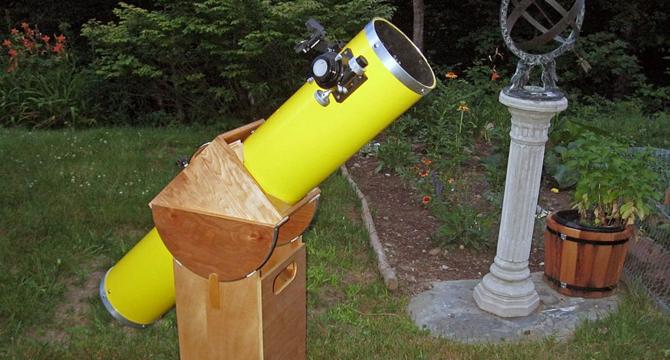
Image Credit: Hackaday
Make Your Own Telescope, Right Down To The Glass
- Telescopes are great tools for observing the heavens and landscapes, and building one as an amateur is possible.
- The guide from the Springfield Telescope Makers club, which dates back to the early 20th century, provides in-depth instructions on telescope making.
- The guide covers selecting a telescope, crafting a simple Newtonian reflector setup on Dobsonian mounts, mirror production including grinding and polishing techniques, testing optical components, and assembling the final telescope.
- This guide is a valuable resource for amateur telescope builders, offering rich experience, practical advice, and a good chance of success in building a telescope.
Read Full Article
17 Likes
Medium
40

Image Credit: Medium
How I Made $500 in a Week with This Simple Tool
- A user shares their experience of making $500 in a week using a simple income-boosting tool.
- The user initially had doubts but was pleasantly surprised by the tool's effectiveness and user-friendly interface.
- Community support and camaraderie enhanced the user's experience and learning while using the tool.
- The tool is versatile and suitable for various demographics, offering the potential for significant earnings over time by setting specific goals and tracking progress.
Read Full Article
2 Likes
Digitaltrends
138
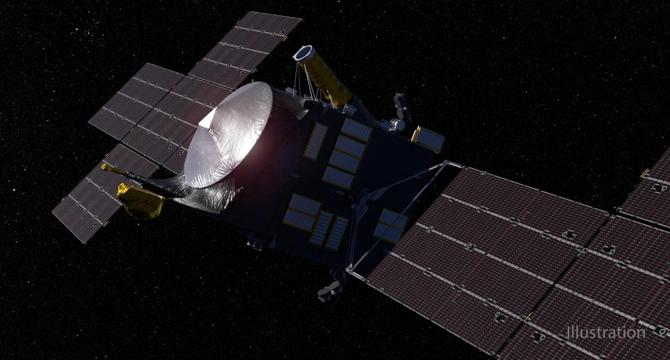
Image Credit: Digitaltrends
There’s a problem with the futuristic thrusters on NASA’s Psyche spacecraft
- NASA's Psyche spacecraft, launched in October 2023 to explore a metal asteroid, is currently facing issues with its futuristic thrusters.
- The spacecraft uses ionized xenon thrusters that emit a blue glow, a propulsion system uncommonly used in deep space missions.
- A drop in fuel pressure in the thruster system has caused them to shut off, prompting NASA to investigate the issue.
- NASA has a few weeks to address the problem before it affects the mission trajectory, and a backup fuel line is in place for contingency.
Read Full Article
8 Likes
Nasa
116
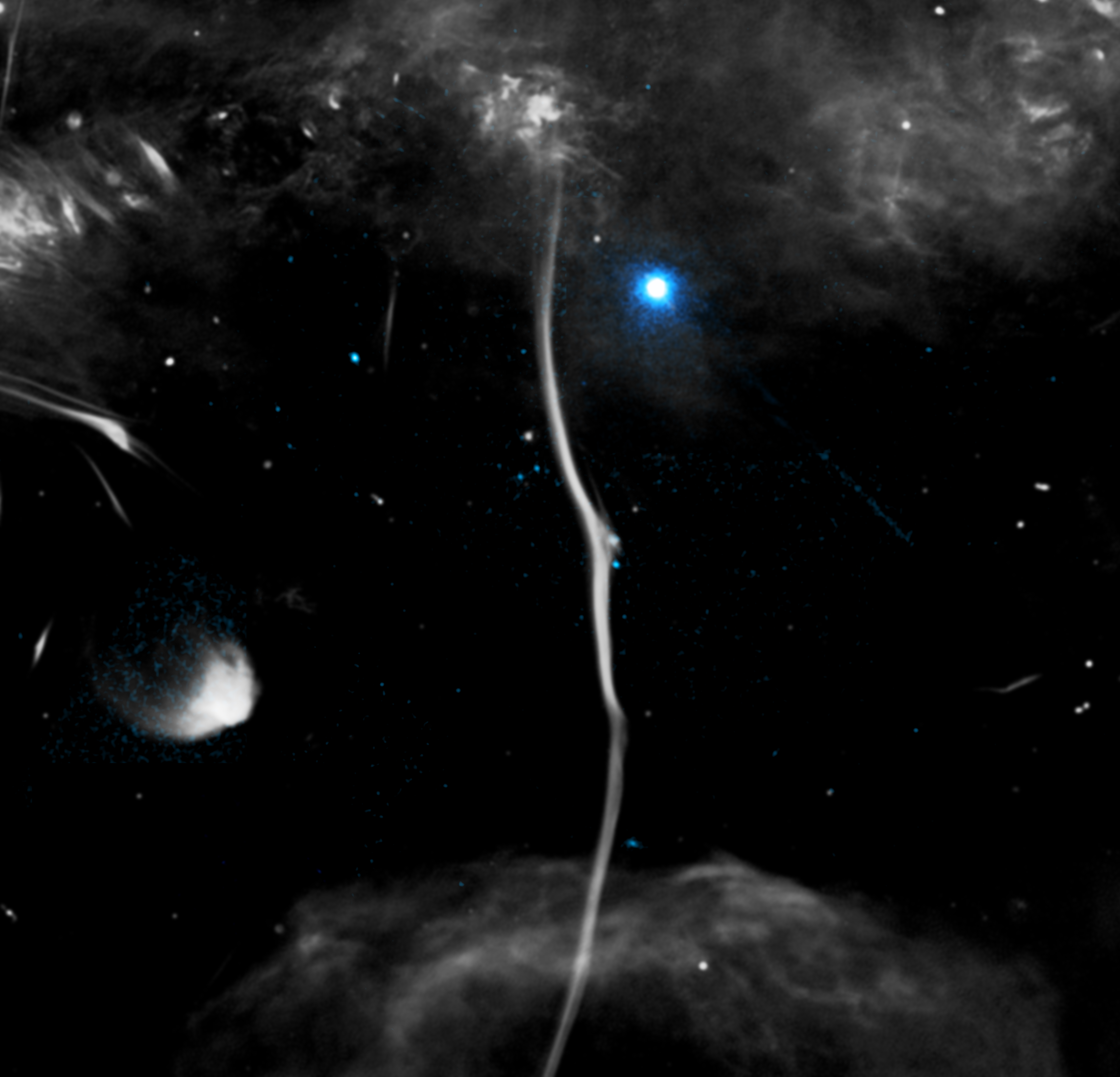
Image Credit: Nasa
NASA’s Chandra Diagnoses Cause of Fracture in Galactic “Bone”
- Astronomers using NASA's Chandra X-ray Observatory and radio telescopes have discovered a fracture in a cosmic 'bone' in the Milky Way galaxy likely caused by a fast-moving, rapidly spinning neutron star.
- The fracture in the cosmic 'bone' was identified in an image of G359.13, also known as the Snake, with combined X-ray data from Chandra and radio data from the MeerKAT radio array in South Africa.
- The researchers believe the fracture was caused by a pulsar colliding with G359.13 at speeds between one to two million miles per hour, distorting the magnetic field and warping the radio signal.
- The discovery was detailed in a paper in the Monthly Notices of the Royal Astronomical Society, with Farhad Yusuf-Zadeh from Northwestern University being one of the study's authors.
Read Full Article
7 Likes
Discover more
Nasa
143
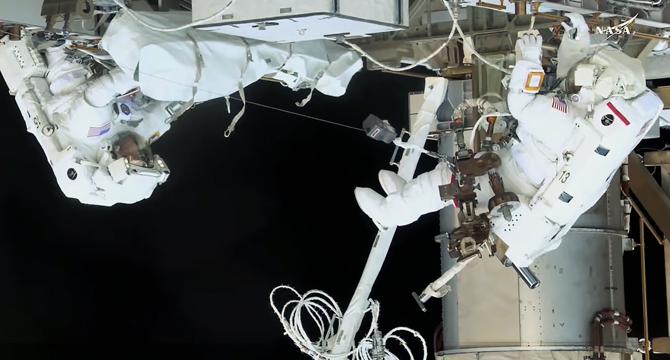
Image Credit: Nasa
NASA Astronauts McClain and Ayers Reenter Station and Complete Spacewalk
- NASA astronauts Anne McClain and Nichole Ayers successfully completed a spacewalk at the International Space Station's Port-4 truss structure.
- The spacewalk lasted 5 hours and 44 minutes, marking the third for McClain and the first for Ayers, contributing to the 275th spacewalk in support of space station activities.
- Primary objectives included relocating a communications antenna, installing mounting brackets for a future solar array, and additional tasks like jumper cable installation and bolt removal from a micrometeoroid cover.
- Stay updated on space station activities through the official NASA channels and subscribe for weekly updates.
Read Full Article
8 Likes
Medium
295

Rendered Reality: Consciousness as the Compiler of the Universe
- Reality is viewed as a simulation where elements in the universe exist as conditional branches of potential based on observation.
- Consciousness is considered the compiler that transforms raw potential code into an experience, collapsing probabilities into certainty.
- The universe is seen as a reactive interface shaped by conscious awareness and inquiry, with reality responding to interaction rather than existing independently.
- The concept of Rendered Reality suggests that consciousness is not merely an observer but the creator and user interface of the coded universe.
Read Full Article
17 Likes
Livescience
107
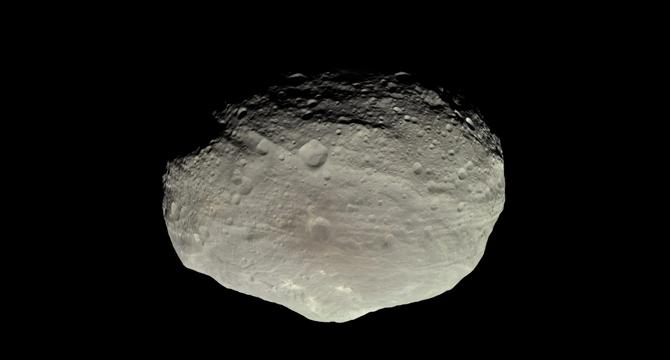
Image Credit: Livescience
Vesta, the 2nd-largest asteroid in the solar system, may be a piece of a lost planet
- Vesta, the second-largest object in the main asteroid belt, is believed to have been on its way to becoming a planet.
- New research based on data from NASA's Dawn mission suggests that Vesta may be more uniform than previously thought.
- Previous beliefs about Vesta included the presence of a core, mantle, and crust, but this new research challenges that notion.
- The research indicates that Vesta's interior may not be as differentiated as previously assumed and may lack a well-defined core.
- The lack of a core on Vesta has surprised scientists and led to the proposal of two hypotheses about its nature.
- One hypothesis suggests that Vesta's differentiation process stalled, while the other proposes that Vesta is a broken-off chunk of a growing planet.
- Further research is needed to determine which hypothesis is accurate and to unravel the mysteries surrounding Vesta's true nature.
- The research challenges the established idea that Vesta is a planetary core that never grew very large, introducing doubt into previously held beliefs.
- Scientists continue to investigate the origins and nature of Vesta, considering its potential significance in the early formation of the Solar System.
- The findings highlight the complex history of Vesta and the unique processes that may have shaped its evolution.
Read Full Article
6 Likes
Digitaltrends
13
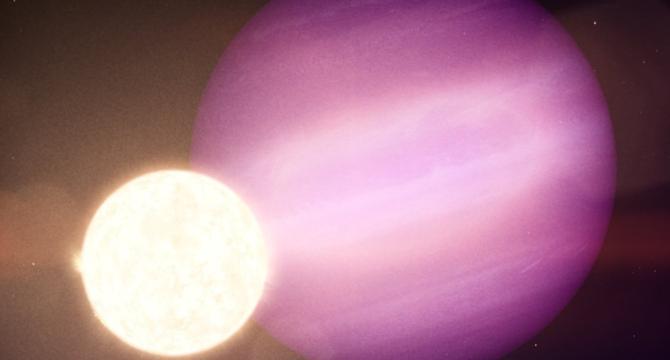
Image Credit: Digitaltrends
James Webb turns its sights on the coldest exoplanet ever discovered
- The James Webb Space Telescope has discovered the coldest exoplanet ever detected, with an average temperature of minus 87 degrees Celsius.
- The exoplanet orbits a white dwarf star, which is essentially a dead star that continues to cool over time, making the planet exceptionally cold despite its proximity to the star.
- Researchers from the University of Michigan found that the exoplanet, named WD 1856+534 b, defied expectations by surviving in a region where planets would have been engulfed during the star's red giant phase.
- The discovery suggests the possibility of habitable worlds orbiting white dwarfs, shedding light on the potential for planetary migration into close orbits around these dead stars.
Read Full Article
Like
Nasa
331

Image Credit: Nasa
NASA Invests in Future STEM Workforce Through Space Grant Awards
- NASA is awarding up to $870,000 annually to 52 institutions across the United States, the District of Columbia, and Puerto Rico to support workforce development and STEM education.
- The Space Grant College and Fellowship Program aims to produce a highly skilled workforce prepared to advance NASA’s mission and the nation’s aerospace sector.
- Through partnerships with institutions nationwide, NASA ensures students have resources, mentorship, and experiences to excel in the aerospace workforce.
- Space Grant operates through state-based consortia to expand opportunities for students and researchers while promoting collaboration with NASA and aerospace industries.
Read Full Article
19 Likes
Livescience
192
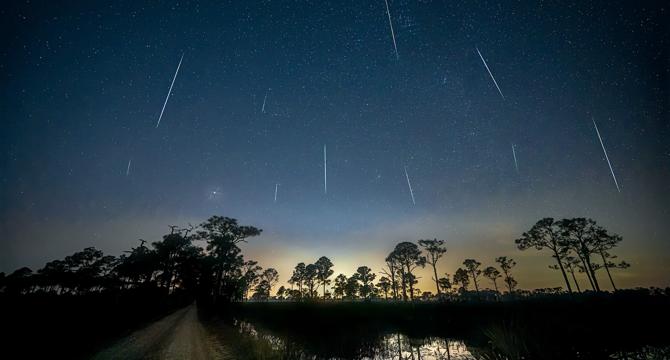
Image Credit: Livescience
Eta Aquariids peak Monday night: How to see 'shooting stars' left behind by Halley's comet
- The annual Eta Aquariid meteor shower will peak on Monday and Tuesday, offering skywatchers a chance to see 'shooting stars' in the night sky.
- Viewers in the Southern Hemisphere and more southerly parts of the Northern Hemisphere will get the best views of the Eta Aquariids meteor shower coming from the constellation Aquarius.
- With up to 60 meteors per hour, the Eta Aquariids are considered a strong meteor shower, especially when viewed from the tropics and south of the equator.
- The Eta Aquariids are caused when Earth passes through the debris left behind by Halley's Comet in the inner solar system, with tiny particles hitting the atmosphere creating the meteor shower.
Read Full Article
11 Likes
Livescience
210
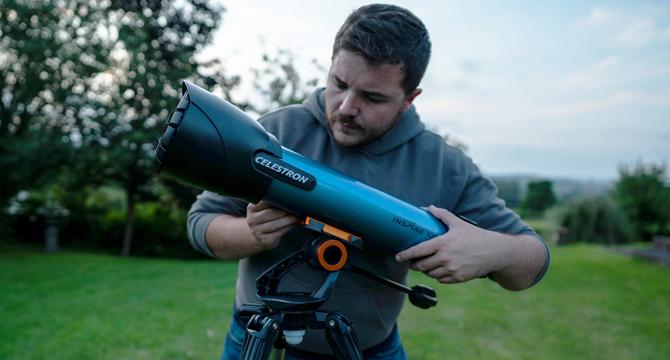
Image Credit: Livescience
Best small telescopes 2025: Portable and lightweight for travel
- Having one of the best small telescopes that you can easily carry from one place to another is an absolute must for astronomers seeking clearer skies outside the city.
- Nine small and portable telescopes have been rounded up, weighing less than 22 pounds and offering easy mobility and lightweight functionality.
- Options range from small telescopes to binoculars, but telescopes provide a closer view of stars and planets.
- The Celestron NexStar 4SE is featured as the best overall small telescope, prized for user-friendly setup and computerized functions for an enjoyable stargazing experience.
- Celestron Inspire 100AZ is recommended for beginners with a budget-friendly cost, bright views, and wide aperture.
- Unistellar eVscope 2 is praised as the best smart telescope, a dream for serious astronomers and astrophotographers with superior performance and functionality.
- Vaonis Vespera II stands out as the best budget smart telescope, offering great views and sleek design at a reasonable cost.
- Celestron StarSense Explorer LT 80AZ is highlighted as the best for kids and beginners, providing an easy to use and affordable option with good views for learning.
- Celestron 70mm Travel Scope is recognized as the smallest compact telescope, ideal for travel with a lightweight design and good views of moon and planets.
- The Sky-Watcher Heritage 130P is recommended as the best tabletop telescope, offering portability, easy setup, and great planet and lunar views.
- For beginners or those seeking budget-friendly options, the Celestron 70mm Travel Scope and Celestron StarSense Explorer LT 80AZ are excellent choices for their features, affordability, and user-friendly designs.
Read Full Article
12 Likes
Spaceflightnow
148

SpaceX launches 28 Starlink satellites on Falcon 9 rocket from Cape Canaveral
- SpaceX successfully launched 28 Starlink satellites on Falcon 9 rocket from Cape Canaveral Space Force Station.
- The launch marked SpaceX's 51st Falcon 9 launch of 2025 and the booster landed on the droneship, 'Just Read the Instructions.'
- SpaceX aims to continue monthly launches with a target of 146 to 154 Falcon launches by the end of the year.
- FAA is reviewing SpaceX's proposal to increase launches at SLC-40 in Florida from 50 to 120 per year, with a virtual meeting scheduled for May 8.
Read Full Article
8 Likes
Nasa
349
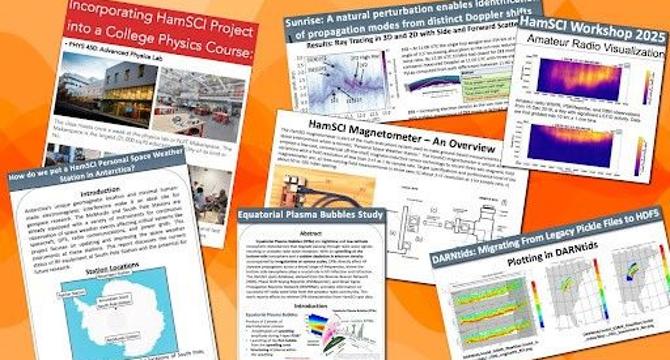
Image Credit: Nasa
Amateur Radio Scientists Shine at the 2025 HamSCI Workshop
- The HamSCI project promotes collaboration between amateur radio operators and professional researchers to advance scientific research and understanding.
- HamSCI held its annual Workshop, 'HamSCI's Big Year', at the New Jersey Institute of Technology in late March with over 100 members of the community attending.
- The workshop featured talks on topics like analysis of HamSCI's previous events and space weather observations during a geomagnetic superstorm.
- Keynote speakers, tutorial sessions, and a poster session displaying research and educational activities were part of the Workshop, supported by NASA, NSF, and ARDC.
Read Full Article
21 Likes
Nasa
13
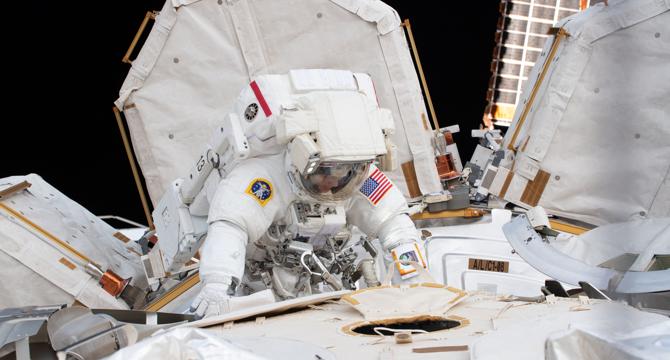
Image Credit: Nasa
NASA Astronauts Begin Spacewalk to Prep Station for Future Solar Array
- NASA astronauts Anne McClain and Nichole Ayers began a spacewalk to install a mounting bracket for future solar array installation on the International Space Station.
- They will also relocate a space station communications antenna during the spacewalk.
- McClain is crew member 1, identified by the suit with red stripes, while Ayers is spacewalk crew member 2 in an unmarked suit.
- For more updates on space station activities, follow @space_station and @ISS_Research on Twitter, ISS Facebook, and ISS Instagram accounts.
Read Full Article
Like
For uninterrupted reading, download the app